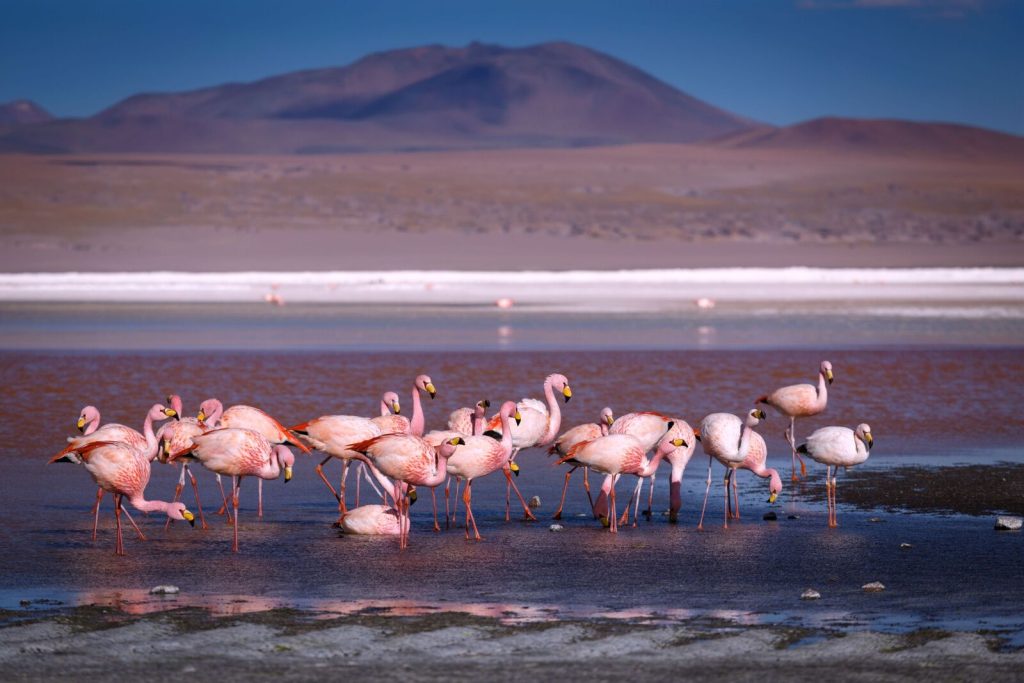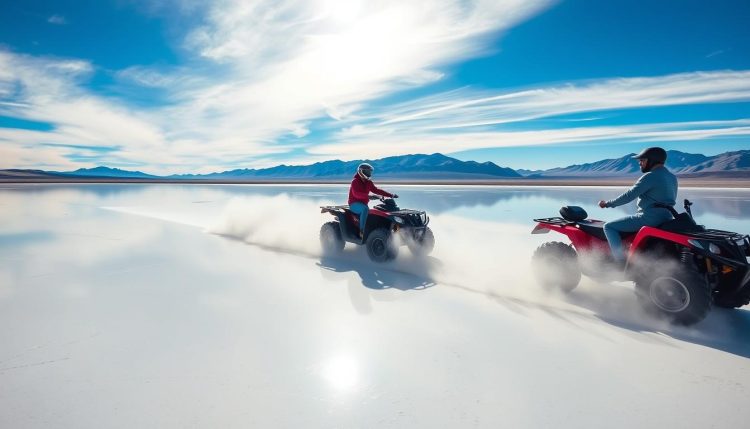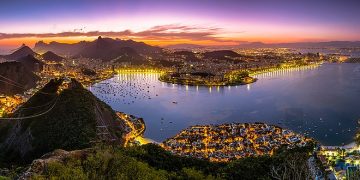A Once-in-a-Decade Photo Mission Turns Into an Existential Journey
When Milan, a documentary photographer from the Netherlands, first saw images of Bolivia’s Salar de Uyuni in a weathered copy of National Geographic, he was fifteen. The photo that stopped him showed a mirror-like horizon where sky and earth became indistinguishable, broken only by a lone human figure walking across clouds that weren’t clouds at all, but rainwater resting on a prehistoric salt flat. He clipped the image, taped it to his bedroom wall, and promised himself that one day, he’d stand in that silence. It would take him two decades, a divorce, and a global pandemic to finally make the trip.
The 2025 rainy season in Bolivia promised ideal conditions. Locals predicted extended rainfall, followed by bursts of sunlight—the perfect setup for Uyuni’s famed reflections. Photographers from around the world were quietly booking small tours, and Milan, now 36 and fatigued from years of high-stress assignments, decided to go not for work, but for something harder to explain. He told his agent he was off the grid. He packed three cameras and four lenses. And then he flew to La Paz.
What he found was not just a surreal stage for his art, but an emotional mirror of his own stillness, disorientation, and longing for clarity. Salar de Uyuni wasn’t a backdrop—it was a space that stripped away sound, time, and identity. And Milan, who had spent years documenting the world through lenses, now had to confront his own reflection in a landscape that reflected everything.
Timing, Lens Choices, and the Pursuit of Light
Milan planned his arrival for the final week of February, when rainfall was consistent but not overpowering. The salt flats, spanning over 10,000 square kilometers, require a perfect storm of elements to achieve their iconic mirrored surface. Too little rain, and the cracks dominate. Too much, and access is impossible. Milan partnered with a local guide, Ernesto, who had been driving photographers to the flats for 12 years and knew the science of clouds like a painter understands pigment.
They set out before dawn each day, chasing light across the blankness. Milan brought his Leica M10 for emotional wide shots, a Canon EOS R5 for flexibility, and a vintage Hasselblad for the images he hoped would become timeless. But what he didn’t expect was how little gear mattered here. The landscape dictated everything. Exposure settings meant nothing if you couldn’t feel the moment.
The trick, Ernesto told him, was to stop searching for drama and wait for quiet. And so Milan learned to wait. For an hour. Then two. He stood barefoot in the water, ankle-deep, with nothing around but low-hanging clouds and the slow pulse of silence. No sound but the wind. No direction but the horizon. In that emptiness, he found more honesty than any war zone or protest rally had ever offered his lens.

He shot the reflections with a 35mm prime to eliminate distortion. He used manual focus exclusively, not because autofocus failed, but because he needed to slow down. Landscapes, Milan decided, weren’t to be captured. They were to be allowed in. Every frame became less about symmetry and more about breath. The composition was no longer visual—it was internal.
Emotional Stillness in Silence
What surprised Milan most was how hard it was to think on the salt flats. Not because his mind was cluttered, but because the space emptied it without warning. After years of running from deadline to deadline, suddenly there was nowhere to go. The earth, sky, and self became indistinct. One morning, standing 15 kilometers from the nearest tire track, he felt the weight of his solitude collapse into something lighter than relief—acceptance.
He thought about his father, who died when he was 23. About the years he had chased conflict and fame, hoping to make something meaningful. About how often he had photographed pain and called it purpose. And now, standing on a bed of ancient salt reflecting the galaxy above it, he wondered if he’d ever taken the time to simply see beauty for the sake of being alive.
The silence of Uyuni became a teacher. It told him that stillness was not the absence of motion but the presence of being. It told him that the camera wasn’t a tool for capturing—but for letting go.
Each photo he took stopped being an image and became a meditation. A low-contrast black-and-white shot of a single rock on an endless plane became, to him, a visual koan. A long exposure of star trails spinning above the flooded flats felt less like astronomy and more like prayer. The Salar was not asking for him to take pictures. It was offering them. All he had to do was listen.
For Readers Who See Landscapes as Art and Meditation
Milan’s trip to Uyuni will never be part of an exhibition. He decided that before he even left Bolivia. The photos are not for the public. They’re for him. Maybe one day he’ll share them. But for now, they sit in an archive titled “Reflections,” and in a journal full of notes that aren’t captions but questions. What does it mean to see? What does it mean to stop?
For readers who feel the soul of a place rather than just its visual grandeur, Milan’s story resonates as more than a travel narrative. It’s a quiet rebellion against itineraries and a reminder that some places on Earth are not just scenic—they are sacred.
Salar de Uyuni, in the right season, with the right silence, becomes a canvas of sky. Not just for photographers, but for anyone ready to stop moving and look inward. It’s not about the shot. It’s about the stillness before the shutter. It’s about the recognition that some places are meant to be felt more than seen.
Milan left Bolivia without fanfare. No final selfie. No closing reel. Just a final look back from the jeep’s rearview mirror at a place that gave him the kind of reflection no lens could ever fully hold.





















